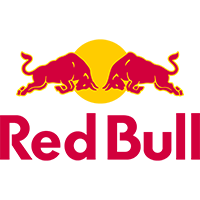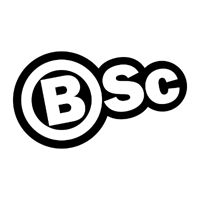
The inaugural emblem in 1935 was a 'CB' inside a blue shield, and emblem which represented 'Canterbury-Bankstown'.
In the club's early days, references in Rugby League programs and newspapers were many and varied. On May 6, 1935, the Rugby League News headed its story: "St George v See-Bees". The story explained: "Some of the Hillites have already shortened Canterbury-Bankstown club's title to the more easy to handle one of 'See-Bees'."
On May 11, there was reference in the same program to the 'Berries'. Canterbury were also known as the 'C-Bs' and the 'Cantabs', the latter reference coming from the club itself in its chatter column in Rugby League News.

Even in 1942, the club persisted with the title 'Cantabs', again in their weekly chatter column. 'Cantabs' are all gleeful at the fact that they have won their second premiership in eight years as a district club, which is a fine achievement," said the report.
In 1936, however, the club earned the somewhat derisive title of 'country bumpkins' because of their buying spree in the country at the start of the season. The game had rarely seen such an intense buying drive, and it took Canterbury to the semi-finals.
But it was obvious in 1940, as the 'country bumpkins' title wore thin and became outdated that Canterbury was still searching for an identity. In the midst of references such as 'Cantabs', 'Berries' and 'See-Bees,' came a new one, 'Canter-Banks'.

It wasn't until the club moved well into the 1940s that Canterbury began to be known more and more as the Berries, derived so obviously from the name of the club Canter(bury). One can imagine how difficult it would have been to come to grips with 'Buries'. The spelling was simply poetic licence. It had nothing to do with stoneless fruit, or the like.
But 'Berries' ran off the tongue easily and it was a recognisable catch-cry at matches. By the end of 1977, however, the modern game, with its ripe marketing opportunities for licensed characters and merchandising virtually insisted on a link with an animal.
The logo varied between 1935-1977, however the changes were only minor - such as colour reversal and slight alterations to the text used for 'CB'.















